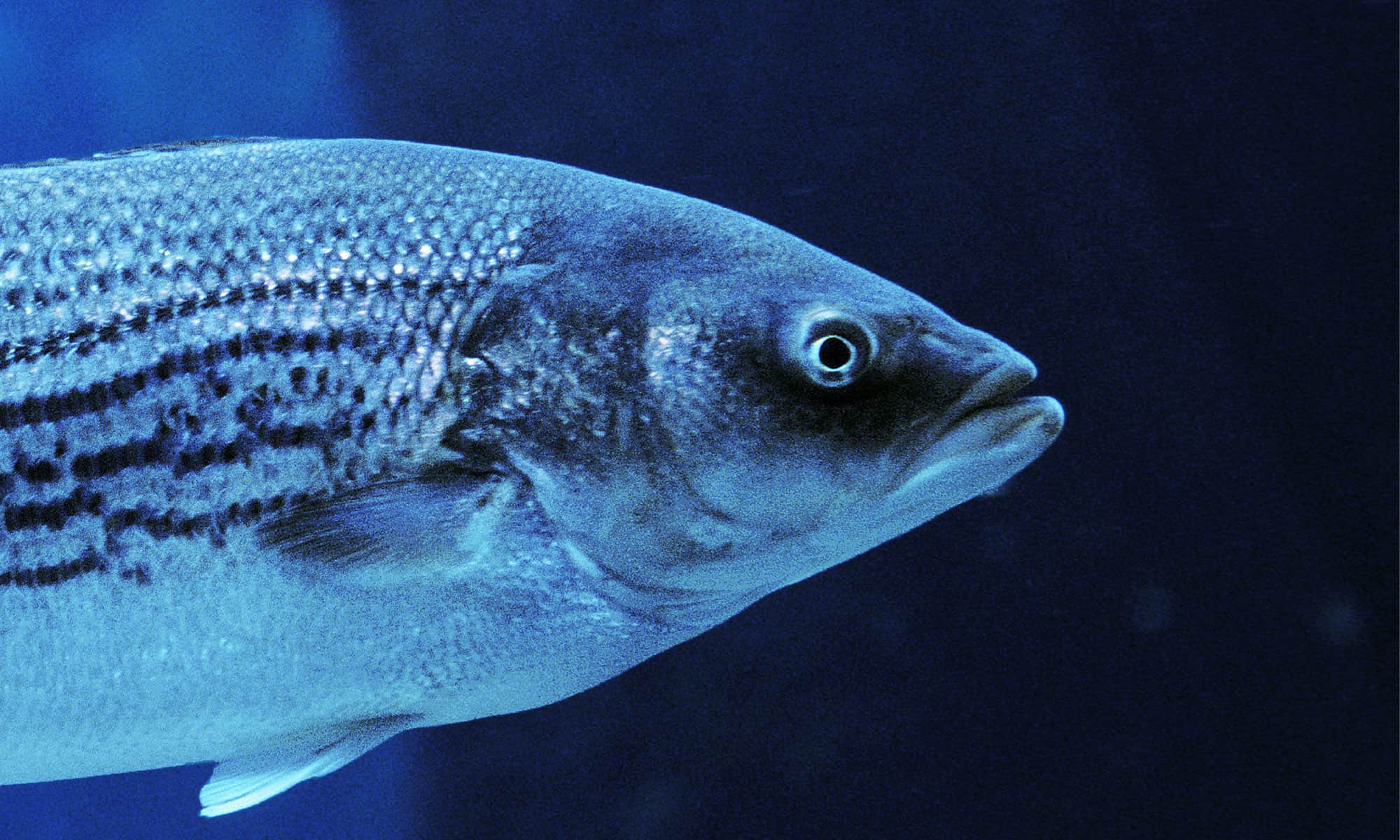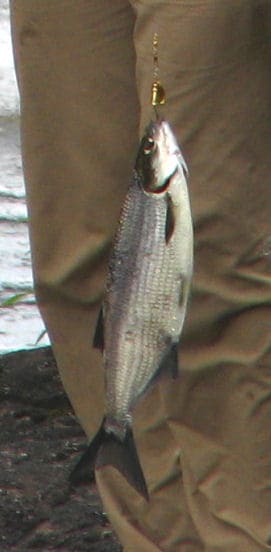Nebraska is the perfect environment for angling year-round. However, summer is special. During the warm months, you’ll have access to even more fish and more windows of opportunity. Whether you want to fish before sunrise, after sunset, or in the middle of the night, there are species for you to target. Here’s a quick look at the best ones in Nebraska:

Some fish are easy to catch, like redfin perch. Others, like the striped bass, present more of a challenge. To help you have the upper hand, we’ve created this guide. Read on to learn about the best 6 fish to catch in Nebraska this summer.
1. American Eel
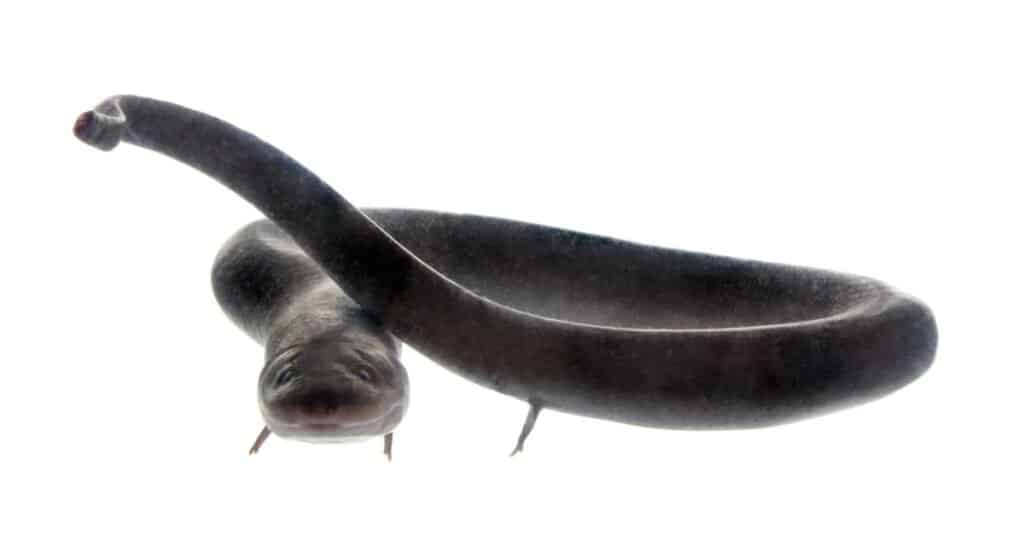
American eels are a type of fast-swimming fish that are challenging to catch..
©Rosa Jay/Shutterstock.com
Belonging to the Anguillidae family, eels are a type of fish. American eels are one of the best fish to catch in Nebraska this summer. These catadromous fish are smooth and can grow 5-6 feet long. They’re the only native species of freshwater eels in North America. You can find them throughout the Atlantic Coast, from Greenland to Venezuela. Their range even extends to the Great Lakes and Mississippi River. These are challenging fish to target, capable of swimming as fast as 3 km/hour or faster.
While they can thrive in the open ocean, you’ll also find American eels throughout Nebraska’s rivers and lakes. Fish for eels during the night or day; it’s entirely up to you! Prepare for a fight when you set your hook. Entice the eels to bite with nightcrawlers or chicken livers.
2. Redfin Pickerel

Redfin pickerels, or pikes, feed on small fish, crayfish, and fish eggs.
Belonging to the pike family, red pickerels are sometimes called redfin pikes. They stand apart from their cousin pickerels thanks to their small size and showy red fins. They also have dark vertical bars on their sides, and their bodies are usually cream or brown colored.
As ambush predators, red pickerels enjoy feeding on small fish, crayfish, and fish eggs. They are the smallest pike species in Connecticut and a popular choice in Nebraska during the summer. For the best results, focus on clear bodies of water with thick vegetation.
Redfin pikes prefer the slow-moving areas of streams and protected inlets. When the frogs are active in the late afternoon, it’s your time to shine. Head out with bread as bait, and use a bobber or float. Use a barbless hook to make things easier.
3. Striped Bass

Striped bass have large tails that help them swim at fast speeds.
Another best fish to catch in Nebraska are striped bass. They have large tails, torpedo-like bodies, and excellent swimming skills. While striped bass aren’t the fastest fish out there, they can still swim an impressive 12 mph in spurts. If you’ve never had a striped bass fillet, you’re in for a treat. They have a sweet flavor that’s not fishy like salmon.
If you have your heart set on catching lunkers, striped bass are exquisite fish to target. On average, they grow about 1 foot long and weigh around 2 pounds. However, you could wind up hooking a fish triple that size! It’s all about knowing where to look.
Striped bass prefer salt ponds, rivers, and lakes. They spend their lives in the ocean and come to freshwater to spawn. They prefer bodies of water with rocky bottoms, and they like to swim deep. You’ll get the most bites if you go fishing 3 hours before the sun sets. Use sandworms and blood worms as bait; striped bass will eat them up! Some of the best methods involve trolling with a kayak. You’ll be able to cover a large area quickly.
4. Saugeye
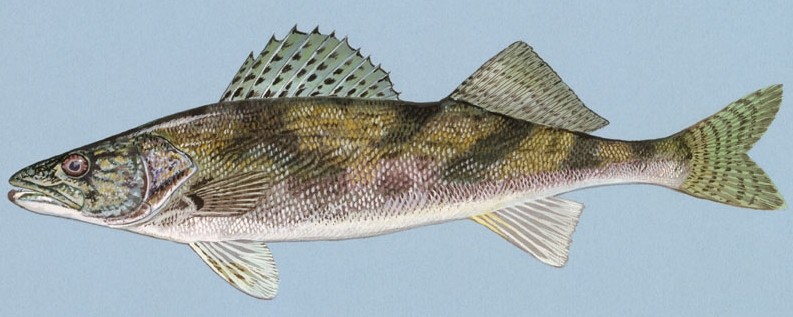
Saugeye mainly eat other fish and crustaceans.
As carnivores, they mainly eat other fish and crustaceans. However, saugeye also enjoy snacking on insect larvae and snails. You’ll find them congregating by sandbars or dropoffs. It’s these areas where they can stalk their prey, so that’s where you’ll want to focus your time.
The best time to fish is at sunset and sunrise since this is when the fish will be eating. To get the most bites, use jigs as bait. Troll the deep waters by the dropoffs, and keep working the area for a while. When you catch one saugeye, more are nearby.
5. Orangespotted Sunfish
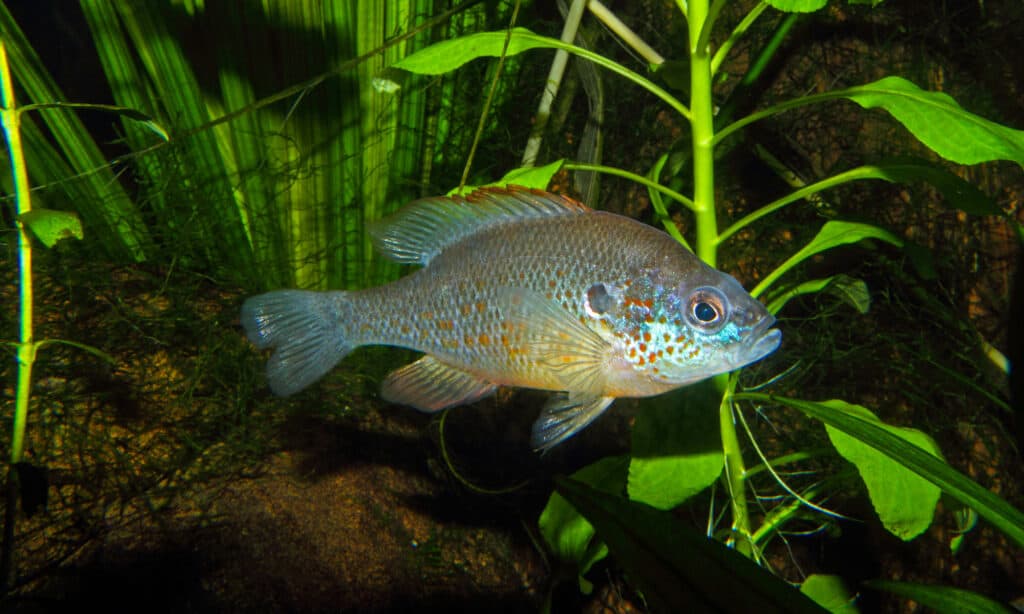
Sunfish are a fun species to target when you want to go after multiple fish.
©M Rose/Shutterstock.com
Another one of the best fish to catch in Nebraska this summer are orangespotted sunfish. Named after their tropical-colored bodies with orange spots, these fish are native to the Hudson Bay and the Mississippi River. Originally believed to be stream fish, they also enjoy swimming around ponds.
Sunfish are a fun species to target when you want to go after multiple fish. Smallmouth and largemouth bass love eating orangespotted sunfish, so they’re usually found by each other. These fish can be found in still water and prefer murky water clarity. Focus your efforts on the shallow areas with sandy bottoms.
You’ll get the most bites fishing early morning and late evening. This species isn’t particularly good for night fishing since they’re not very active after the sun sets. One of the best baits for orangespotted sunfish is worms. You can try using earthworms or mealworms.
Use small hooks to match their tiny mouths. Give yourself an extra challenge by trying your hand at sight fishing or stalking the fish. Soon you’ll be a sunfish-catching pro!
6. Goldeye
Popular in Canada and the northern United States, goldeyes look a lot like herrings. However, their large gold eyes and silver bodies help set them apart. Adults can grow to be 14 inches long and usually weigh less than 2 pounds. However, larger specimens are known for reaching 18 inches and weighing over 2 pounds.
Goldeyes prefer swimming in lakes surrounded by forests, but they’re also found in salt bays and sea coasts. They tend to stay in the shallow water during the summer. Some of the best baits include spoons, jigs, and crankbaits. However, these fish are famous for taking almost any type of lure. As long as you present it the right way, you’ll be able to get a lot of action with these aggressive fish.
Thank you for reading! Have some feedback for us? Contact the AZ Animals editorial team.

